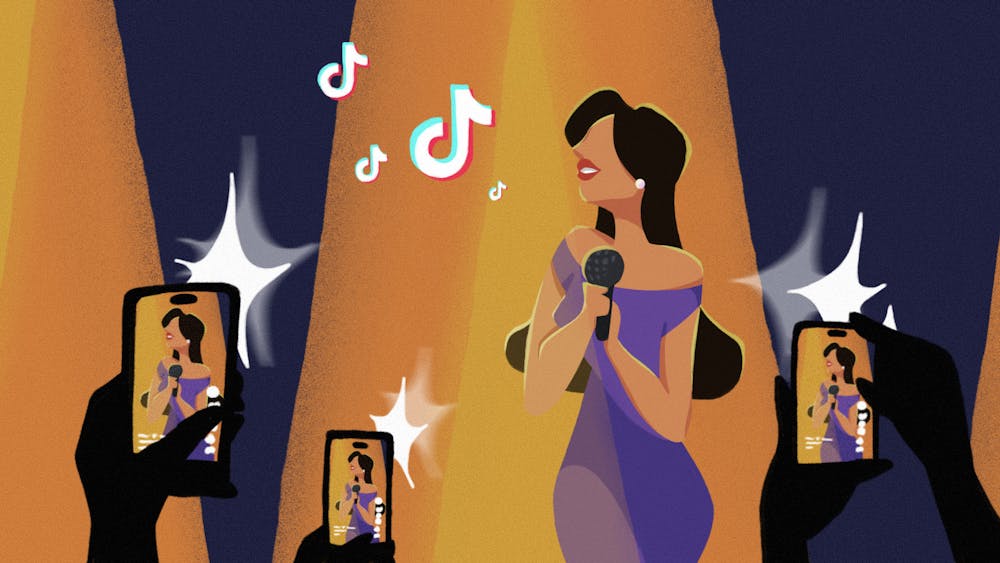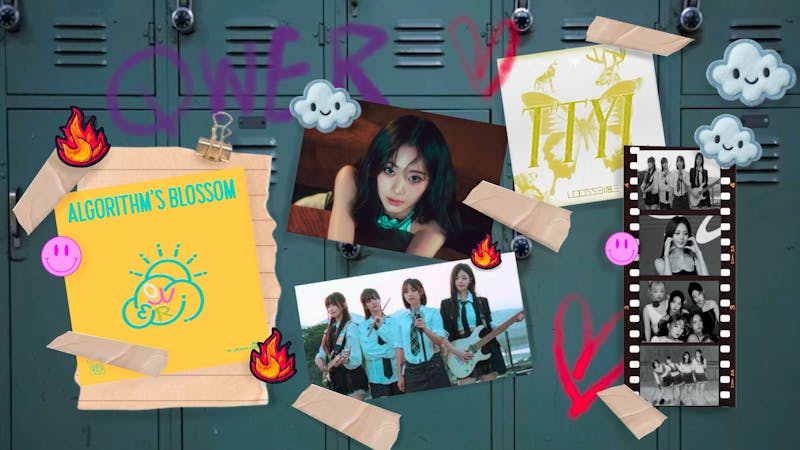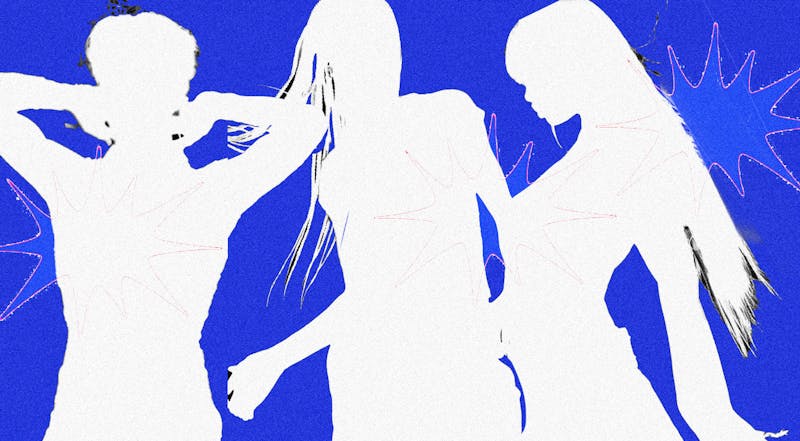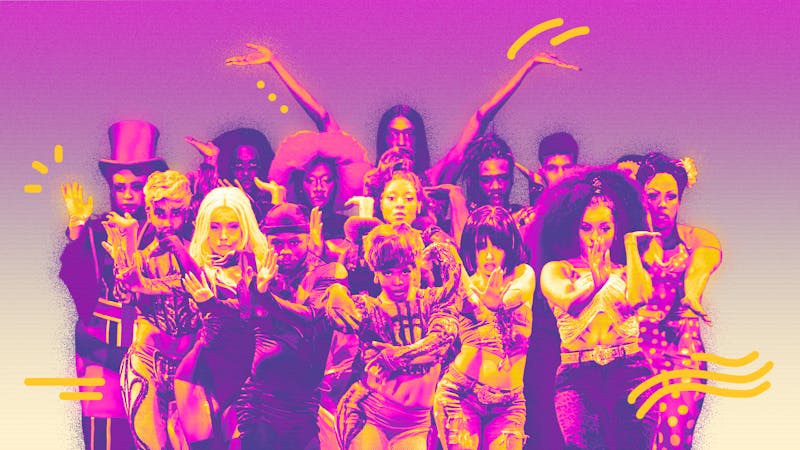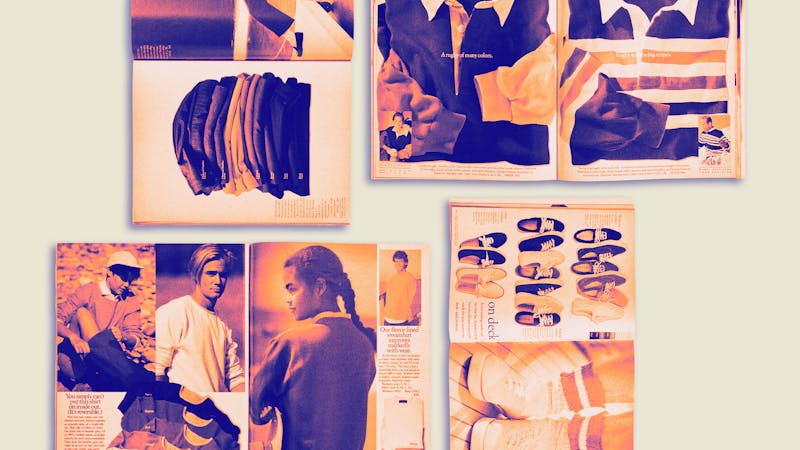If there’s one casualty of the digital age that millennials will never let us forget, it’s Blockbuster.
Its infamous fall, now a cultural touchstone, has become something of a cautionary tale for the dangers of convenience–driven consumption. The steady rise of streaming services took what was once a tactile experience—browsing the DVD aisles and letting the cover art or a familiar face sway your decision—and transformed it into something frictionless. The world sat back at home, enjoyed their instant video, and the days of physical browsing and serendipitous discovery faded into oblivion. But, as much as it tugs at our collective nostalgia, this shift was inevitable. Blockbuster was a victim of progress, but its legacy as a relic of physical media reveals a greater trend in contemporary consumption, where we prefer easy, uncomplicated entertainment as opposed to quality content.
Streaming didn’t just change the way we watch movies—it also changed the way we listen to music. It feels less like progress and more like the erosion of something far more valuable: the deep, immersive engagement that music, at its best, has always required. The unraveling of long–form artistry—the slow but steady drift away from the album as a cohesive unit—was less a casualty and more a deliberate killing.
The intricate design of vinyl records limited the user to two options: allowing the album to play in its entirety or replacing the vinyl in between songs. The more convenient option is obvious, and the reality for music lovers was simple: There was no option but to experience the album as a cohesive, uninterrupted work, just as the artist intended.
With cassette tapes, we could manipulate the sequence of our favorite songs, and the Walkman allowed us to transport them. CDs followed, and the MP3 and iPod shortly thereafter. Although music listening drastically improved in convenience and quality, these forms still required a pick–and–choose aspect to music consumption—we selected specific songs to download and whole albums to purchase, every selection a direct, concrete, and often monetary exchange. The music was there—always in whole, digestible form. By purchasing it, the user entered into a contract, committing to engage with the work as a complete unit, a carefully crafted body of art. This exchange creates a responsibility to listen deeply.
What separates the convenience and “digestibility” of streaming services from such a phenomenon is lack of intent, and if there’s anything that the rise of short–form content has shown us, it’s that sustained focus isn’t exactly our strong suit. In today’s culture of fleeting music experiences (or experiences, period) we intake our music as background noise. We swipe, scroll, and drift from reel to reel, apathetic in our efforts to actually occupy ourselves with the content, hardly remembering why we’d decided to open the app in the first place. Our methods of music consumption have evolved, and so have our means of promoting it. In other words, our desire to consume passively marries perfectly with our desire to profit passively. Streaming provided the means. Social media delivered the exposure—the doom scroll was the final nail in the coffin.
To thrive in the attention economy is to strike a Faustian bargain, trading substance for engagement metrics and kneeling before the inferno of Subway Surfer clips and soap–cutting videos. The latter half of the 2010s only fanned the flames as we saw a rise in platforms that prioritized user engagement above all else, which in turn motivated a rise in competition—not to produce the best music, but to capture consumer attention.
And some might rejoice at the tradeoff: Surely filming reel after reel is preferable (and more affordable) when the alternative is producing a $25,000 YouTube video. Others will cite short–form content as democratized promotion—a tool for artist discovery and collaboration. This “advantage” is, in reality, a double–edged sword. On one hand, smaller artists are able to build a fanbase independently, with no need for a label. But underwhelming royalty payouts, combined with the massive influx of creators, means that true talent can still be lost in a sea of Spotify’s other 11 million music makers (and we can’t all be artists). Most “positives” gleaned from short–form music marketing are already dystopian in theory, but the consequences are even more dire when it comes to music form.
The digitization of music pushed the industry to prioritize streams above all else. The social–mediafication of music is just a quicker way of getting there. Views rise, streams multiply, and industry giants catch on. Many artists have recognized the trend of casual listening amongst users and amended their production strategy to churn out quick singles—they’re easy to listen to, and therefore conducive to chart success. Voila, the medium dictates the means.
Beyoncé knew this in 2013, making the poignant observation, “People don’t make albums anymore. … People don’t even listen to a body of work anymore.” Singles have grown exponentially in popularity since the 2010s, and now the songs themselves are getting shorter—it’s just the hook and bridge that many artists are gunning for. Cohesive works like albums, which were once the standard for artists to express complex themes, are being replaced by songs tailored for platforms like TikTok, recognizable by chorus alone. Artists are failing to grasp that not every song is meant to go viral. Not every song is meant to lodge itself in the brain like a jingle, only to be cycled out by the next hit.
Ultimately, this culture of disposable media consumption leads to disposable music consumption. We can only cycle through so many seven–second clips before a four–minute ballad seems impossible. Gone is the slow burn of a concept album, the way it can pull you in, track by track, weaving a theme that rewards patience and reflection. Instead, music is chopped up, fashioned for the quick fix, designed to hit, stick, and vanish. As long as momentary popularity is preferred to lasting artistic impact, we forfeit the emotional, immersive experience that music once offered.
